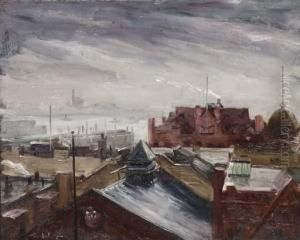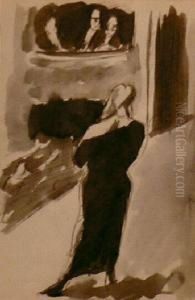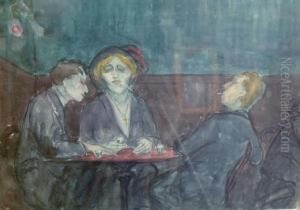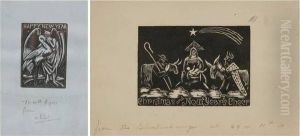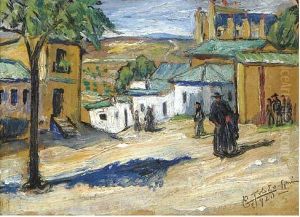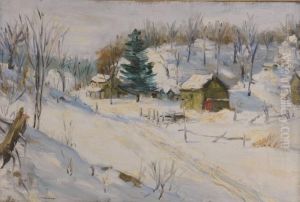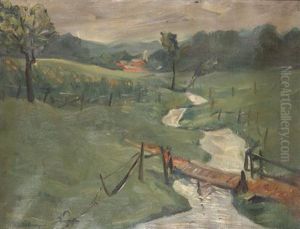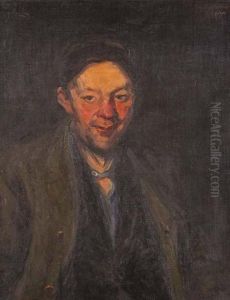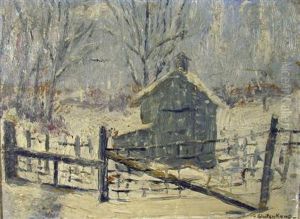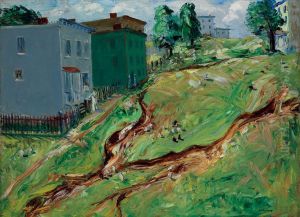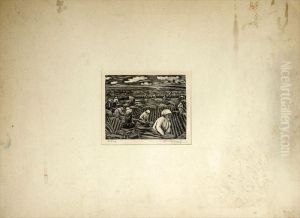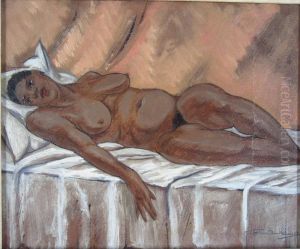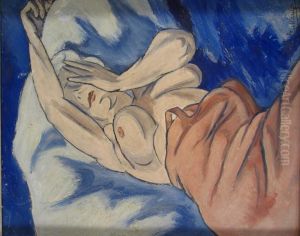Hendrik Glintenkamp Paintings
Hendrik Glintenkamp, an American artist and printmaker, was born in Augusta, New Jersey, in 1887. Known for his expressionist style, Glintenkamp emerged as a significant figure in the early 20th-century American art scene. His work, characterized by bold lines and a dynamic use of color, often explored themes of social justice, war, and the human condition.
Glintenkamp's early years were spent in New Jersey, where he developed an interest in art from a young age. He pursued formal art education at the National Academy of Design in New York, where he was exposed to the burgeoning artistic movements of his time. This period was crucial in shaping his artistic direction, as he became involved with the Ashcan School, a group of realist artists who sought to portray the everyday life of New York City with honesty and vigor.
In the 1910s, Glintenkamp's work began to gain recognition. He contributed illustrations to various magazines, including 'The Masses,' a leftist publication that aligned with his socio-political views. His involvement with 'The Masses' and its circle of artists and writers played a significant role in his development as a socially engaged artist. During World War I, Glintenkamp's anti-war stance influenced his art, leading to powerful works that critiqued militarism and nationalism.
After the war, Glintenkamp traveled extensively in Europe, absorbing influences from modernist movements. These experiences broadened his artistic palette, incorporating elements of Cubism and Futurism into his work. Despite his evolving style, Glintenkamp remained committed to themes of social commentary throughout his career.
The Great Depression marked a period of hardship for many artists, including Glintenkamp. However, he continued to produce work, participating in the Federal Art Project, a New Deal program designed to support artists during economic turmoil. This period saw him engaging with community art projects and murals, further solidifying his legacy as an artist deeply connected to societal issues.
Hendrik Glintenkamp's contribution to American art is marked by his commitment to social justice and his exploration of modernist aesthetics. His work provides a poignant commentary on the early 20th century's social and political landscape. Glintenkamp passed away in 1946, leaving behind a body of work that continues to inspire and provoke.
